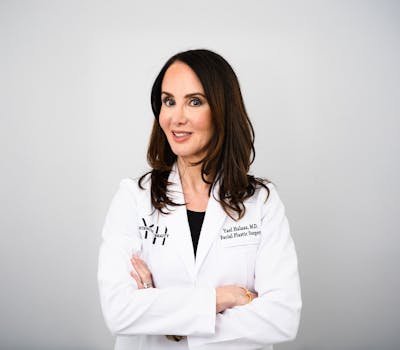Popularity for facial hair transplants has recently spiked. This procedure makes beards, mustaches, eyebrows, and eyelashes look thicker and less patchy, enhancing the overall appearance of the face.
Dr. Halaas is the go-to for beard transplants. It’s been a year since my beard transplant, and the hairs have grown in perfectly. I no longer have those awkward empty patches on my beard. It finally is shaped the way I want it.









